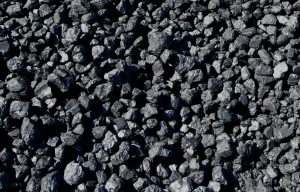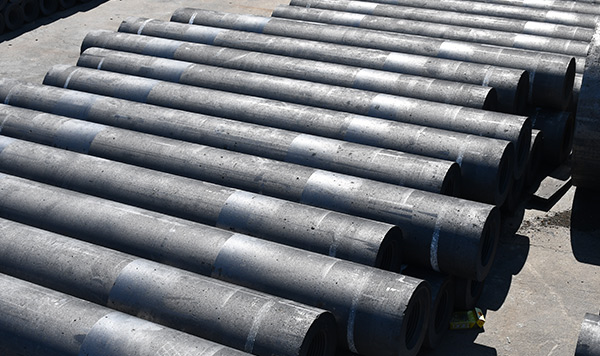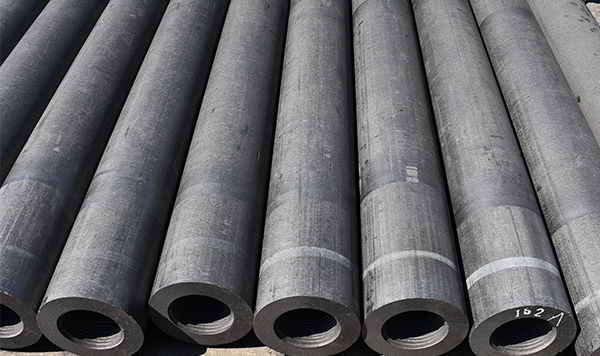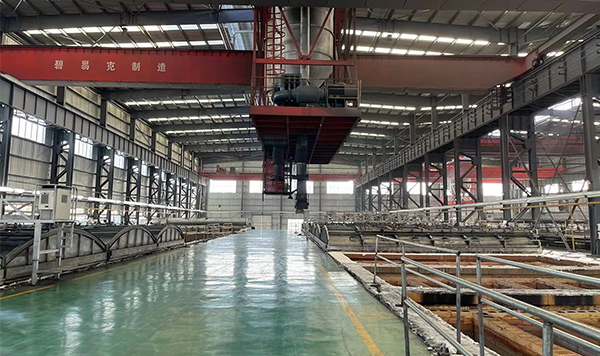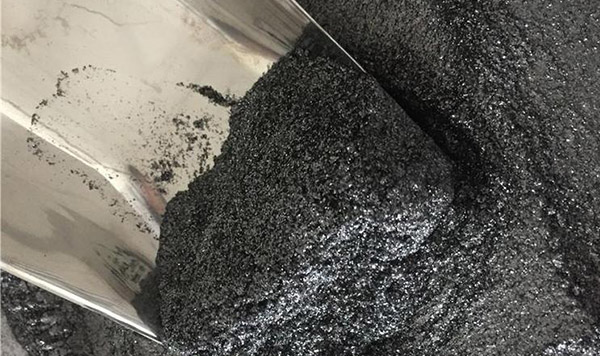Graphite electrodes are essential conductive materials in electric arc furnace steelmaking, and their quality directly affects efficiency and costs. As one of the main raw materials for graphite electrodes, the quality of petroleum coke largely determines the electrode’s performance. So, what are the key requirements for petroleum coke in graphite electrode production?
1. Low Sulfur and Low Ash for Enhanced Conductivity and Purity
Petroleum coke is classified based on sulfur content into low-sulfur, medium-sulfur, and high-sulfur coke. Graphite electrode production typically uses low-sulfur petroleum coke (with sulfur content <0.5%) to minimize the adverse effects of sulfur volatilization during graphitization. Additionally, a lowash content (generally below 0.5%) ensures the purity of the graphite electrode, reducing impurities that could impact conductivity and overall product quality.
2. High Fixed Carbon for Better Graphitization
A high fixed carbon content (typically ≥98%) is fundamental for producing high-quality graphite electrodes. More fixed carbon means a greater amount of carbon is available for graphitization, effectively improving electrical conductivity and oxidation resistance, making the electrode more stable in high-temperature environments.
3. Appropriate Volatile Content to Ensure Forming and Calcination Quality
The volatile content of petroleum coke is typically controlled below 10%. Excessive volatile content can cause cracks in the coke during calcination, affecting the mechanical strength of the graphite electrode. On the other hand, a moderate volatile content helps ensure the uniform distribution of binders during mixing, improving the density and structural integrity of the electrode.
4. Suitable Particle Size to Influence Mechanical Strength
The particle size of petroleum coke affects the forming properties of graphite electrodes. Generally, fine particles improve the forming density and mechanical strength, while coarser particles help reduce thermal expansion stress within the electrode. Proper particle size distribution enhances the electrode’s flexural strength and impact resistance.
5. High True Density and Low Specific Surface Area for Better Oxidation Resistance
Petroleum coke with a high true density (>2.1 g/cm³) improves the bulk density of graphite electrodes, leading to better electrical conductivity and enhanced oxidation resistance, ultimately reducing electrode consumption. A low specific surface area means fewer surface defects in the coke particles, making them less prone to oxidation and increasing electrode service life.
High-quality petroleum coke is the foundation for producing premium graphite electrodes. Its low sulfur and ash content, high fixed carbon, appropriate volatile content, optimal particle size, and high true density all contribute to the final electrode performance. As electric arc furnace steelmaking demands higher-performance graphite electrodes, selecting high-quality petroleum coke and optimizing production processes will be key factors for graphite product manufacturers to enhance their market competitiveness.

